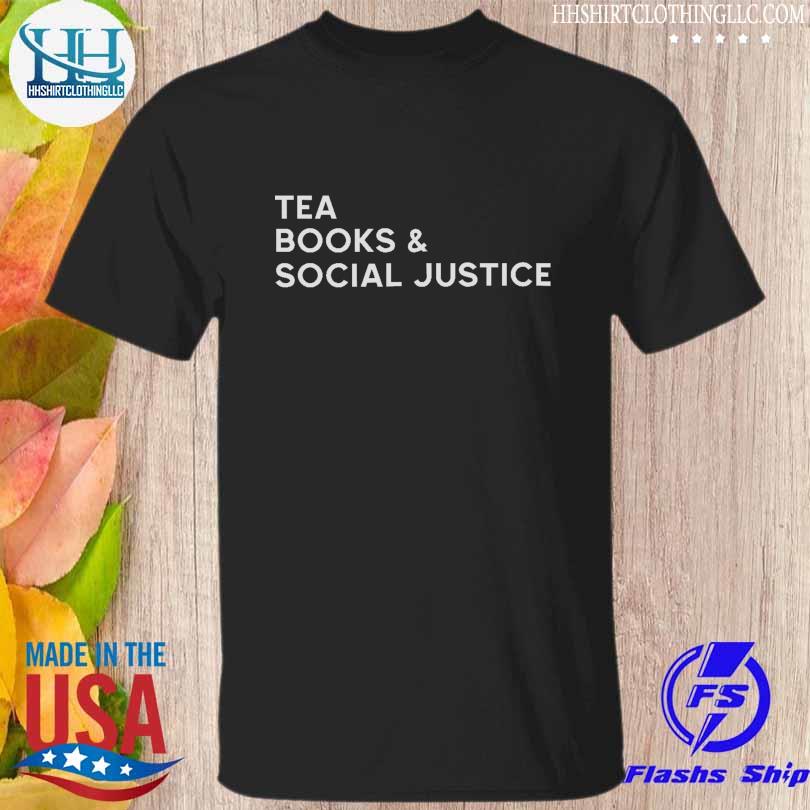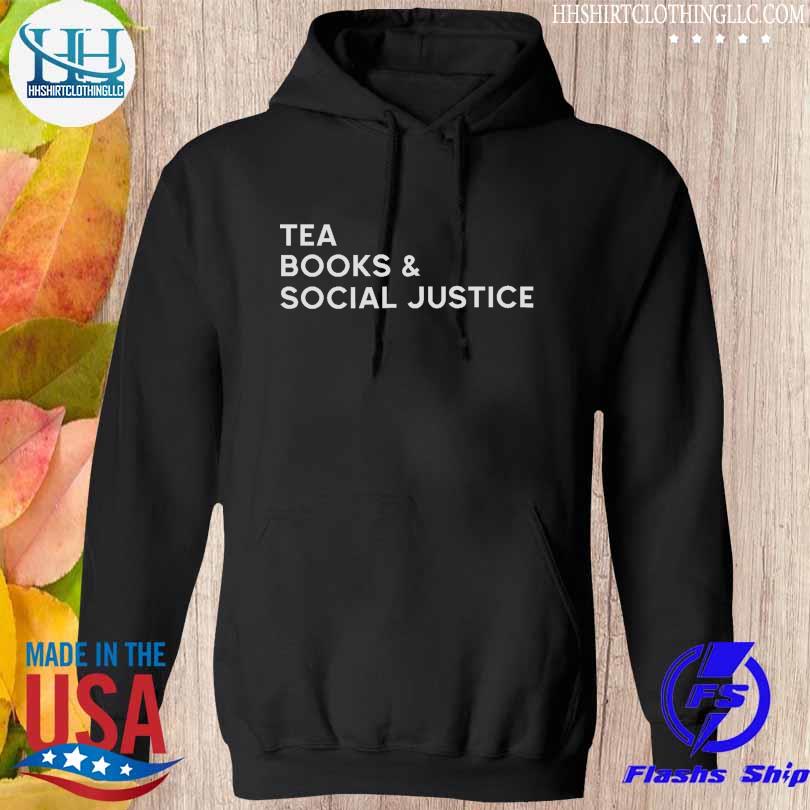Hhshirtclothingllc - Tea books and social justice shirt
Buy this shirt: https://hhshirtclothingllc.com/product/tea-books-and-social-justice-shirt/
In December 2020, 10-year-old Indigenous student Isabella Kulak—who is from Cote First Nation in Saskatchewan, Canada—chose to wear a traditional ribbon skirt to her school’s formal event. In Indigenous culture, ribbon skirts are reserved for such special ceremonies or events. Each color of the Tea books and social justice shirt What’s more,I will buy this ribbons, which are typically sewn horizontally across the skirt, represents a special meaning or person to the wearer. It’s a garment you wear with immense pride—only Kulak was told by a teaching assistant that her skirt was inappropriate, and she was encouraged to change. Kulak’s account of racism spread online and resonated with the Indigenous community at large—many of whom have also experienced discrimination for wearing their traditional attire. It garnered so much attention that last year Canadian prime minister Justin Trudeau deemed January 4 National Ribbon Skirt Day to encourage people to proudly rock their ribbon skirts. “Now everybody could wear their ribbon skirt with pride without feeling ashamed,” said Kulak.

Yesterday, the Tea books and social justice shirt What’s more,I will buy this very first National Ribbon Skirt Day proved to be a powerful (and stylish) movement, as Indigenous women across North America posted their own colorful styles. Each post highlighted not only the artisans who have created these one-of-a-kind pieces but also the deeper meanings behind them. Emma Morrison—who is Mushkegowuk Cree and Miss World Canada 2022—wrote of her multicolored style, “This time last year is when I began sewing ribbon skirts and it’s been such an incredible journey so far.… Sewing ribbon skirts also inspired me to reconnect to my culture as a Mushkegowuk Cree woman.” Agnes Woodward, a Cree ribbon-skirt maker who has dressed US Secretary of the Interior Deb Haaland, also shared an image of herself wearing her own vibrant design. “When I was a young girl, I had to wear skirts to ceremonies, round dances, powwows, and even weddings and graduations.… I hated it and carried shame due to the racism I had experienced growing up in Saskatchewan,” Woodward wrote. “When I became a young mother I had to make the decision to let go of that shame and empower myself, to be an example to my children.”

Nhận xét
Đăng nhận xét